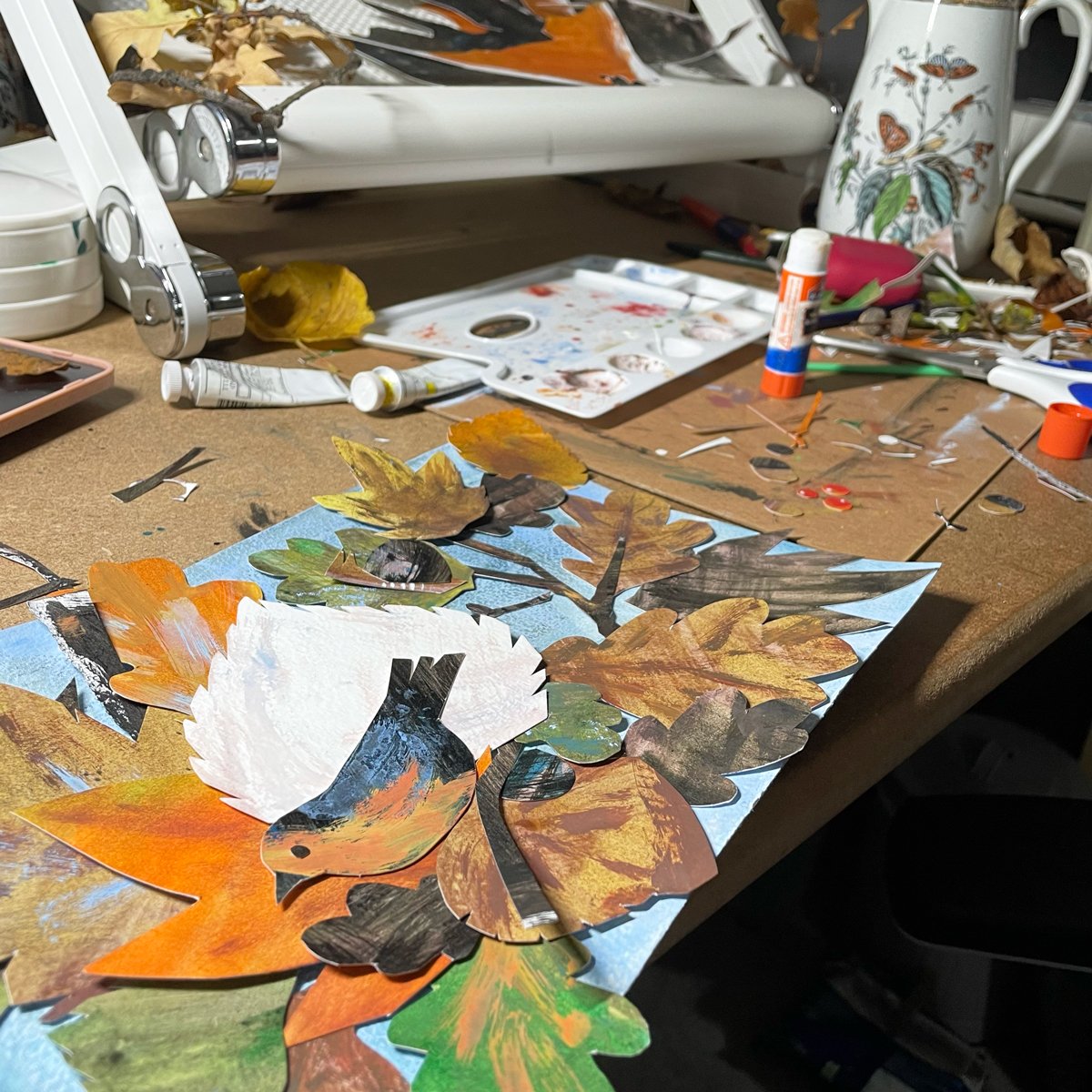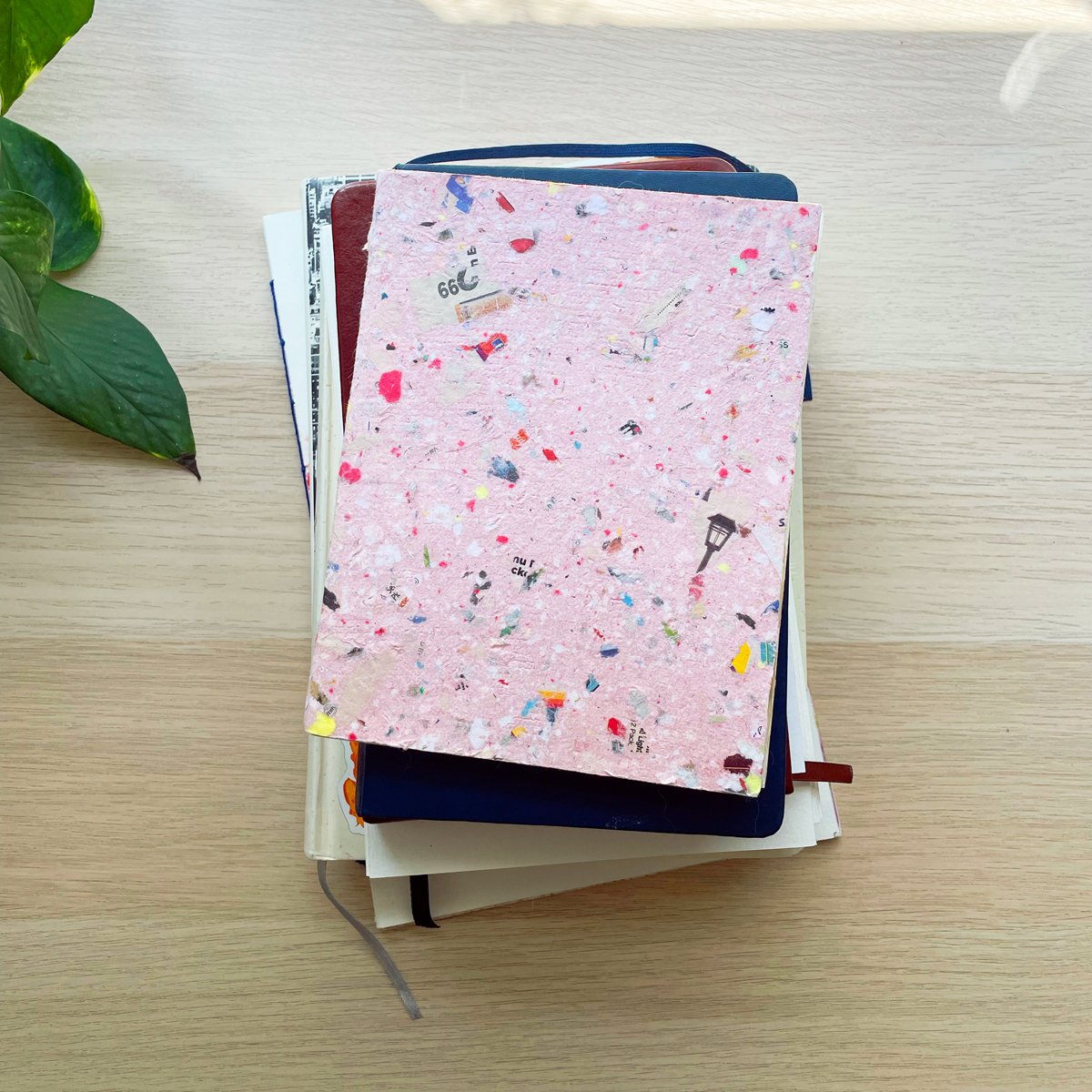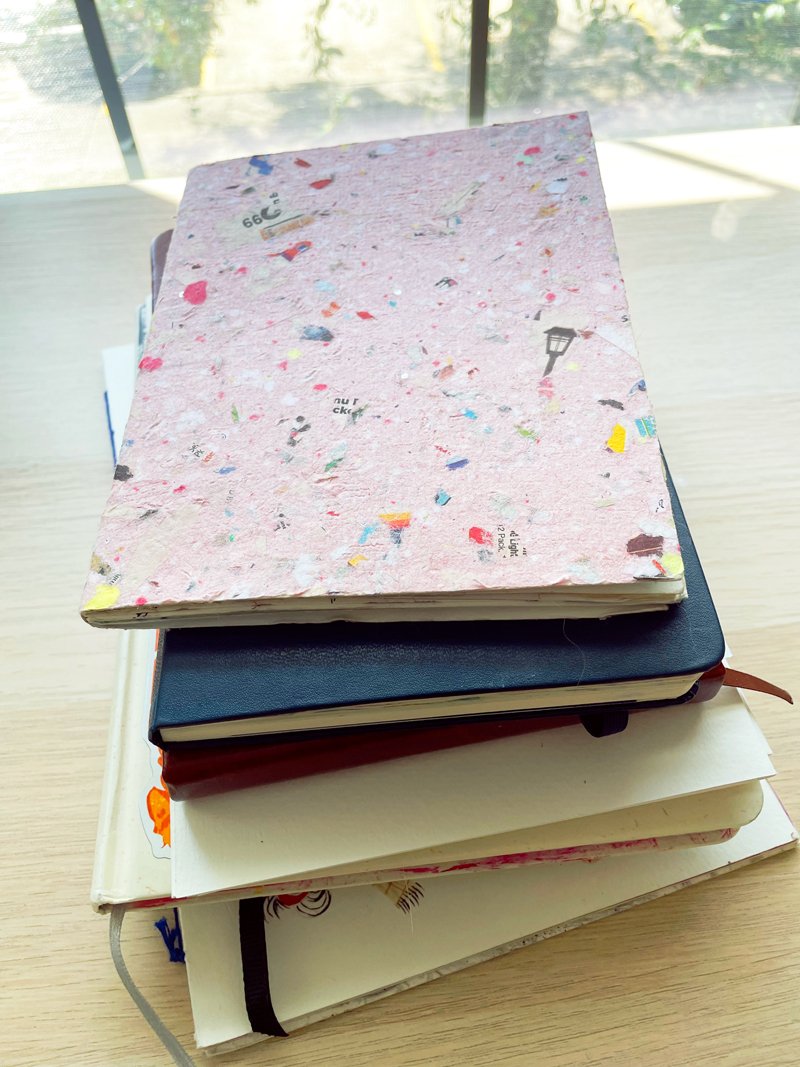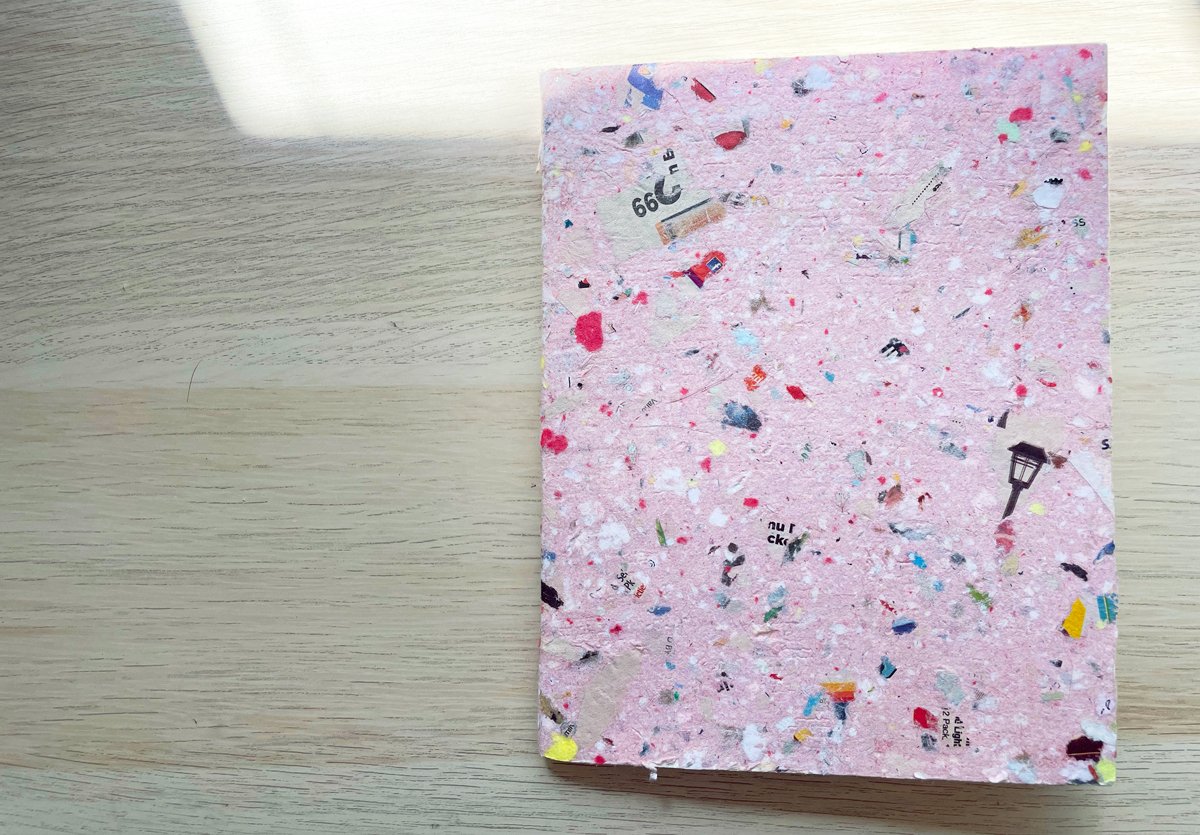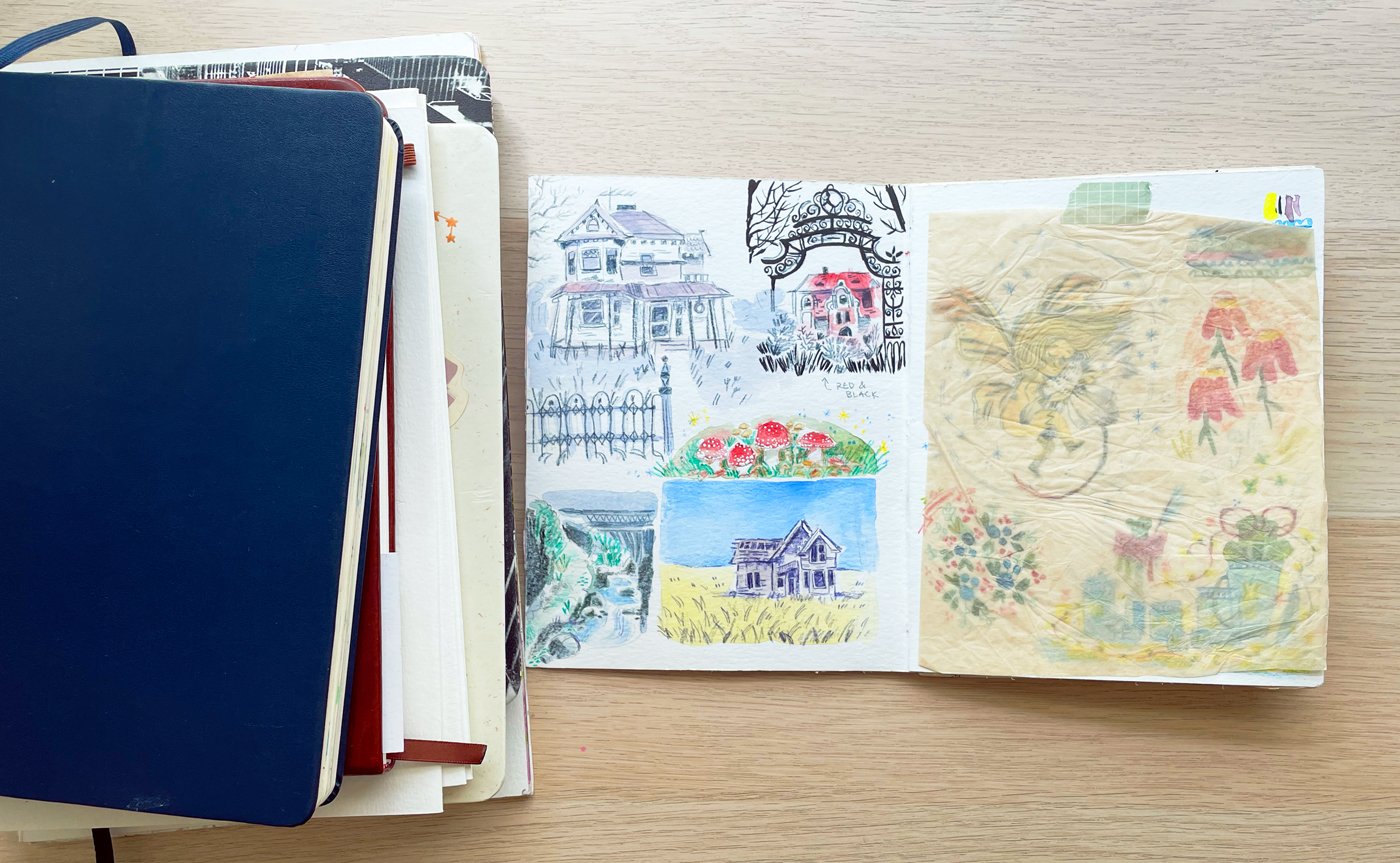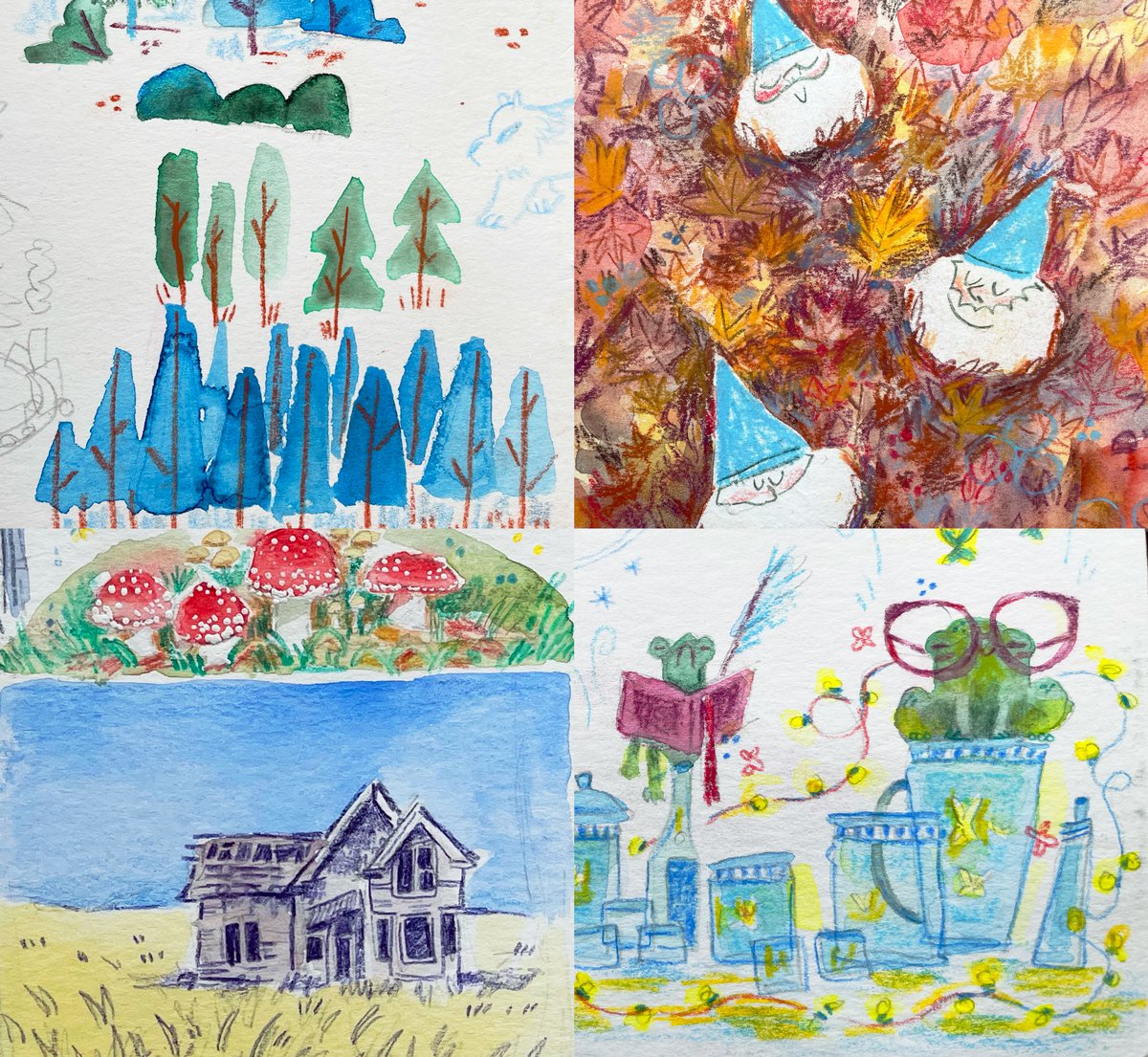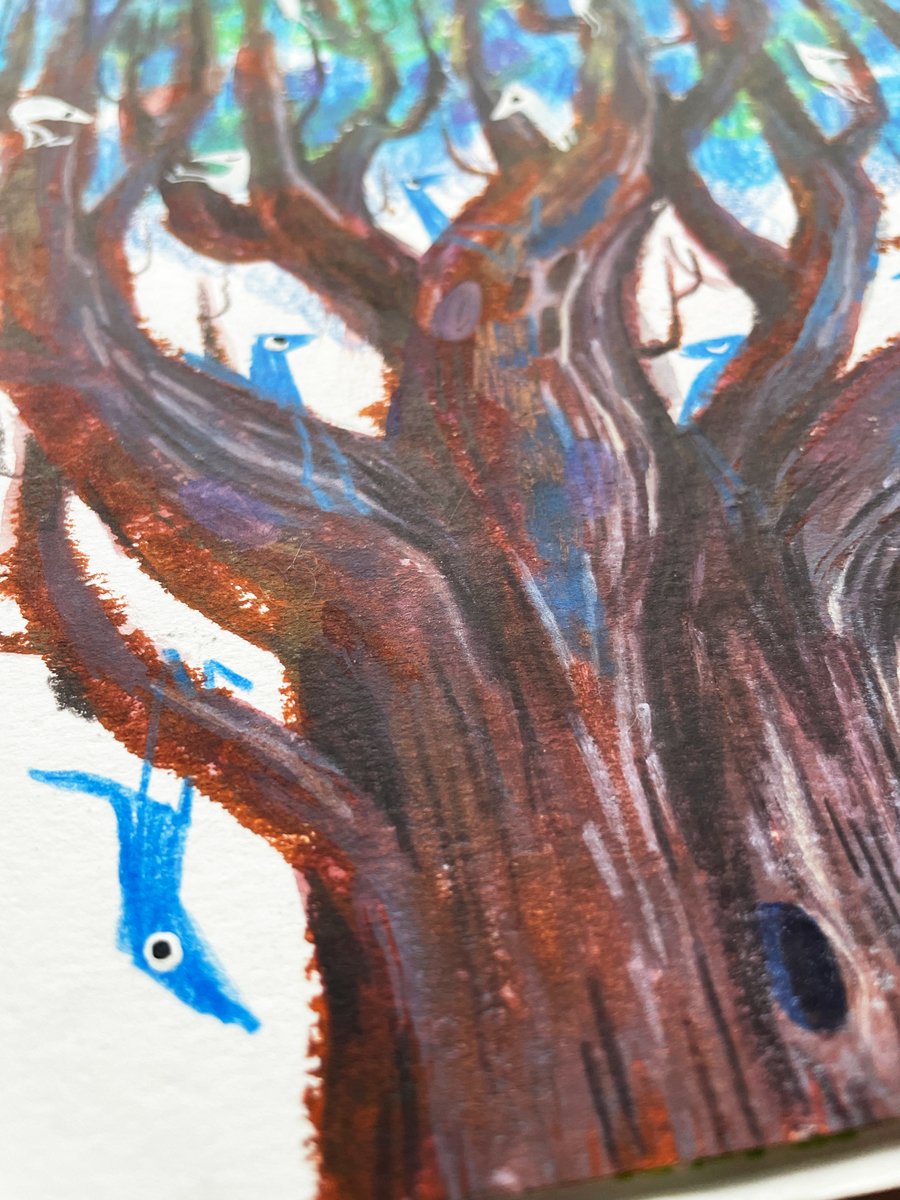Your pencils are sharpened. Your paper is down. You’re completely ready to start drawing but… nothing… comes… out. Dun dun duuun!
Does your mind ever go blank and you can’t bring yourself to make a mark on that nice clean sheet of paper in front of you? Maybe you can’t think of any “good” ideas? We’ve all been there. So how do you get over that fear of the blank page?
This topic popped into my mind because I recently had an experience with “blank page” fear. A couple months ago, I knew I needed to start sketches for a picture book but something was stopping me. I sat myself down in front of a stack of computer paper and tried to start. But nothing came out. No matter how hard I tried I JUST COULDN’T START DRAWING.
Blank paper anxiety hit me bad and in the moment it felt ridiculous. I knew I needed to draw, I even knew what I needed to draw, but I couldn’t start. My muses disappeared and they left my creative brain in a mess. At least clean up a bit, geez! But I realized that “blank page” fear doesn’t pop up out of nowhere: there was a reason (or in my case, reasons) for why I felt stuck.
After having a heart-to-heart with my very wise significant other, I identified a few reasons for my BPF (aka “Blank Page” Fear):
I was afraid to fail. This picture book project is close to my heart. The book is written by two amazing women who care about writing genuine and important books for children. And that scared me; I didn’t want to make something that didn’t live up to their amazing message.
There were 101 other things to do. I’m an illustrator and a business owner and BOY do I get busy. Not only am I often working on sketches, but I’m usually juggling 2 to 3 to 4 books at once. This is combined with marketing and social media, emails, classes, finances and a myriad of other minor tasks my brain is trying to focus on. The overwhelming feeling of having too many things on my plate can be debilitating.
I was tired. Sometimes, good ideas don’t flow if my brain is fried! A few months ago I creatively burnt out, but after some rest, a slower work schedule, and better planning, I was able to pull myself out. But diving headfirst into a new book felt like I’d be sinking into burn-out again.
Identifying why I was scared helped me work through the fear. And working through that fear lead to something amazing: finished sketches for a new picture book!
Figuring out what’s causing “blank page” fear is part of the process of conquering it, but if you’re still feeling unsure about drawing that first stroke in your sketchbook, here are some tips I use to overcome “blank page” fear:
1. Write a list.
I always keep my notebook close by to write down ideas. Ideas tend to come to me when I’m in the middle of doing something else; ideas like: “What if slugs took over the world?” or “What would a birthday party look like if only chickens were invited?” Instead of letting those ideas waft away into the universe, I take out my handy dandy notebook and write them down. This allows me to go back into that list at a later point and choose one of previous ideas to draw out when “blank page” fear strikes.
If you need to draw something on a specific subject, list out all of the aspects of that subject that interest you. I’ve found that the more you list the better! Skip a five point list and go write down a HUNDRED interests. I guarantee you’ll be excited to draw one of those things by the time you finish your list.
2. Set a timer.
Confession time: I’m a timer fanatic. Doing the dishes? I set a timer. Painting collage papers? I set a timer. Using the bathroom? You get the picture…
Give yourself fifteen minutes, an hour or two. See what you can draw within that time! When your time is up, acknowledge that you sat down, tried your best, and move forward with your next task.
Having a time to work on something also alleviates that “I have 101 other things to do” feeling and I’ve found that creating artwork in an allotted amount of time allows me to draw faster and looser than without the timer.
3. Give yourself a reward.
A good way to push myself to start a project is to offer a reward after I’m done. I’m more likely to work on a task that I might not want to do if I say, “When I draw 5 different versions of this book cover, I can play 30 minutes of video games”. Or “When I finish initial thumbnails for my next book, I can have a cookie and coffee after dinner”.
Choose whatever motivates you! I recommend giving yourself a reward that mirrors the size of your task as well. You don’t want to promise yourself a 4-week tropical vacation for finishing a few sketches because it’ll feel meaningless when you finish that REALLY big project. But you might reward yourself doing something you enjoy for an hour; for example, I’m going to reward myself by carving a pumpkin if I finish this blog post today. A few hours of blog writing = one hour of pumpkin carving!
4. Create drawing exercises.
Sometimes my brain goes BLANK. During those times, a lighthouse could shine its light in my brain and there’d be nothing but fog and seaweed. And maybe cat photos. But that’s it.
Having go-to drawing exercises takes the indecision out of my “blank page” fear. Instead of sitting there, staring at your blank page and thinking “what should I create”, you already know! Anything that can help you go into a “drawing autopilot” is a good tool to have in your artist belt.
And guess what? You don’t have to think of your own drawing exercises! Here are some already existing exercises and challenges you can take advantage of:
Transmundane Tuesdays: a weekly drawing exercise run by illustrator, Carson Ellis.
Color Collective: A weekly challenge where you make work based on a single colour announced via twitter.
SCBWI’s Artober: an Inktober adjacent list of themes that you can use any time of the year.
Illustrating Children’s Books by Martin Ursell: a how-to book that is filled with kidlit-specific drawing exercises.
Making Comics by Lynda Barry: a mind-bending book filled with comic-specific drawing exercises.
5. Don’t be precious. Make trash art.
Perfectionism can be a creativity killer. My mantra lately is “you can’t make something perfect if you don’t make anything at all.”
So if I’m having a hard time getting something on the paper, I tell myself that I’m going to make X number of UGLY illustrations first. When the pressure of being perfect is taken off the table I find that I can create fun, imaginative work. Don’t get me wrong: I make ugly work too, but that’s part of the conquering process.
Give yourself the space to create something DISGUSTING.
6. Try using new materials.
If you’re making something for a client, you’ll need to make a certain illustration, in a certain style, with certain colors most likely. You have to be specific about what you’re drawing, but sometimes I find those limitations daunting.
Try making something using materials you wouldn’t normally use first. My go-to is creating little collages with textured paper (like for the illustrations in this blog post!). Or try sculpting something. Heck, maybe even get wood-working tools out! Using different parts of your brain can open up creative channels that you wouldn’t normally have access to. After those channels are open, it’ll be easier to start working on that blank page.
My messy desk after one of my collage sessions.
7. Keep yourself accountable.
Nothing is more helpful to me than keeping myself accountable. When a deadline is looming, it can be stressful but also can kick me into gear and get me to start drawing.
Give yourself a personal deadline and mark it on your calendar. In red!
If personal deadlines don’t work for you (like for me…) tell a friend, family member, or whoever you trust, that you need to start and finish an illustration by a certain day. Their external expectation will encourage you to overcome that “blank page” fear because you can’t show someone your work if you never start it.
8. Take a break!
If none of the above worked, take a break. We all can get to a point where we’re overworked and tired, and our brains just need to unwind. Do something you enjoy for 30 minutes and see if you feel charged and ready to tackle that blank page afterwards. If you have the time, sleep on it and try again refreshed and awake the next day.
I hope these tips help you get over any “blank page” fear you might be feeling. Remember: it’s not something that you just need to get over once. It’s an ongoing challenge to be beaten over and over again. But when you have the right tools, “blank page” fear becomes a piece of cake to conquer!
Don’t be afraid of drawing that next thing, because whether or not it’s good, you created something out of a pile of raw materials. That’s practically magic, my friend.
Happy Autumn to all of you Northern-Hemisphere-artists out there, and happy Spring to all you Southern Hemispher-ians as well. Keep creating. I know you’ll make something great ❤️



